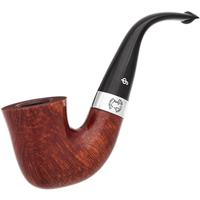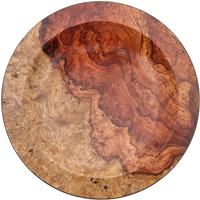What makes you guys think,” that you “loose light” using a crop on a full frame sensor, if I understand the topic correctly? Same lens, same aperture, same focal distance, you just loose a certain amount pixel.
The focal length won’t be the same. You can set it the same in some cases, and that point was made earlier, too. But if I put my 50mm f1.2 that’s designed for a full frame camera on a crop body, I can no longer shoot at 50mm or f1.2. It becomes a slower 75mm.
If I’m using a zoom lens and have the range, I can set the effective focal distance to be the same (my 24-70 becomes a 36-105 on the crop body, so I can play with the overlapping 36-70), and work on the aperture to make them similar, but it comes at a loss of performance. That’s why I was saying IF you can get all of the settings to be similar, you will have a far more difficult time determining which photo came from which body, but the resolution will become a factor as an artifact of sensor size. This may not matter to folks who are content with looking at their images on a phone, or screen-optimized images on a monitor, but if you intend to print them at any size more than about 5x7, you’ll notice a substantial change in image quality.
You can use as much ISO as you need and may not be able to tell a difference (regardless of which processor you’re using) but it’s there - it can’t not be. Under ideal circumstances, of course you can get great results in crop mode or with higher ISO. Modern technology helps out tremendously in these areas, but it will have an effect at some point.
The rule of thumb is that the lower the ISO, the better the image quality. This is irrespective of a body’s processor. Expeed is great (even though it’s decidedly not the best processor available), but boosting ISO doesn’t change the fact that you’re introducing noise into an image. The processor can only compensate so much; a slower shutter speed and wider aperture are always preferred.
Also, in most cases when you switch your full frame camera into crop mode, it’s boosting ISO (adding noise) to compensate AND you’re losing 1/3 of the available pixels (reducing resolution). It’s a cool feature, but under most circumstances, you can literally watch the image quality degrade in the EVF. I do find it worthwhile when I’m using manual focus and want to get a closer look, but I’ll rely on post-processing to do my cropping. Why give up the resolution before I know if I need to, or not?
This is why folks are willing to pay more money for full frame cameras with dedicated full frame lenses. Crops are great, and for what they do, they’re incredible; but they can’t match the image quality of a full frame sensor.
But at the end of the day, who cares? It’s all semantics. They’re getting so good that you can barely tell the difference between a full frame photo and a crop sensor photo with the naked eye. Unless you’re pixel counting and looking for the tackiest photo possible, doing it as a profession, or you’re just a very passionate hobbyist who is willing to make the investment, save your money. I’m selling my full frame stuff. I love it and it takes incredible photographs, but APS-C is too good these days and I’m tired of lugging all of the gear through the woods to shoot full frame.

en.m.wikipedia.org















